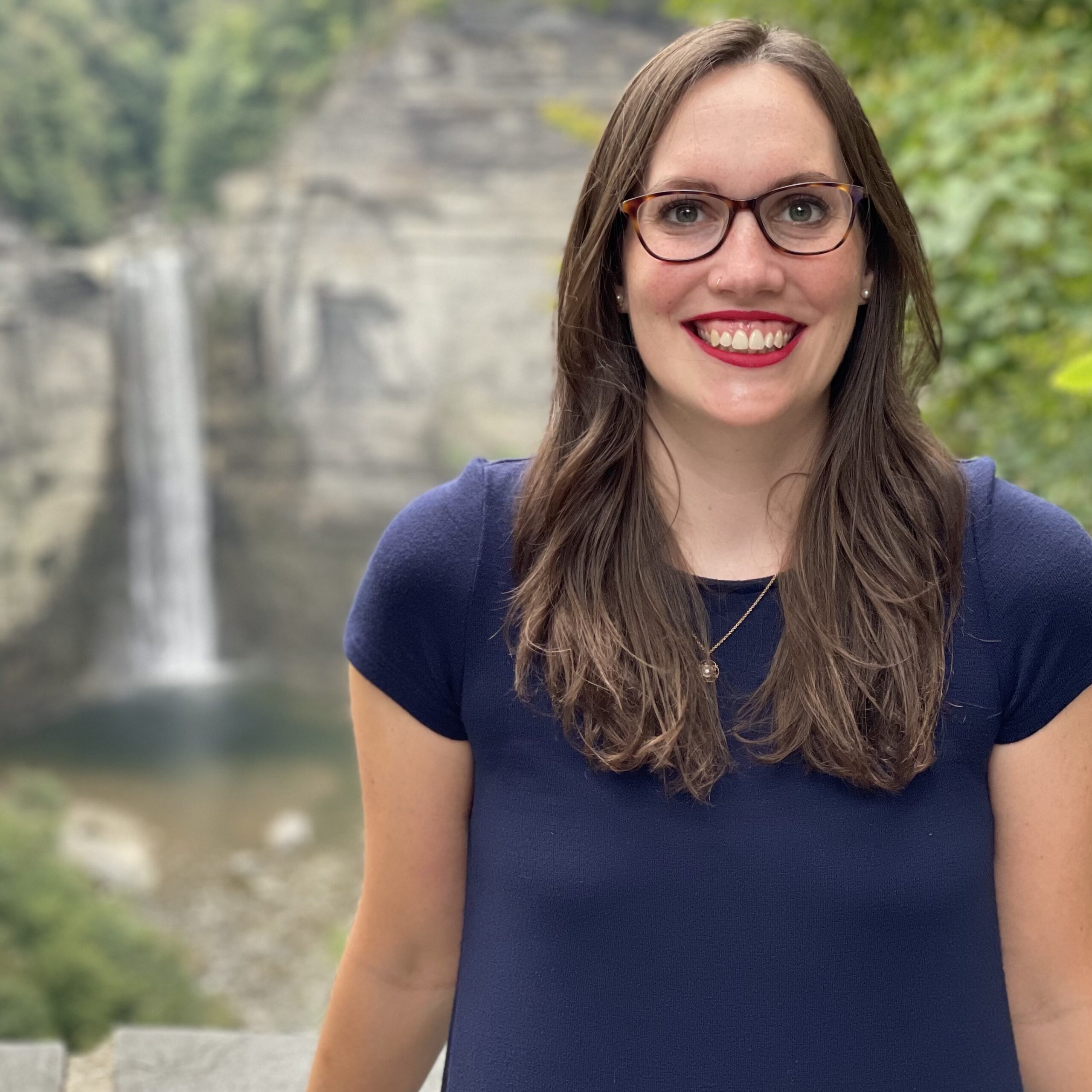Cascadia Megathrust and Crustal Fault Ground Shaking and Tsunami Simulations
The ground shaking and tsunami modeling team is working to improve our estimates of earthquake hazards from ruptures on the Cascadia Subduction Zone, as well as from crustal fault earthquakes in the Puget Sound region. This is accomplished by simulating ground shaking from dozens of hypothetical earthquake scenarios using high performance computing.
Project Objectives
Simulations of Cascadia Subduction Zone earthquakes will improve upon previous work by simulating a range of earthquake magnitudes (M8.7-9.2), different up-dip limit of slip (including splay faulting), and explicitly coupling the ground shaking and tsunami simulations by using the same earthquake sources. Crustal fault simulations will push the limits of resolution, simulating earthquakes on the Seattle, Tacoma, Southern Whidbey Island, and other crustal faults in the Puget Sound region to frequencies >1 Hz. These simulations will also be coupled with simulations of tsunami inundation, and outcomes of this research will be used to assess time-dependent impacts of ground shaking and tsunami inundation on infrastructure and coastal communities.
Simulating many different earthquake scenarios allows us to estimate the ranges of possible shaking from future earthquakes, since it is impossible to predict the exact characteristics of future events ahead of time. The outcomes of these simulations (e.g., synthetic seismograms; ShakeMaps) can be used by stakeholders for decision-making and preparedness exercises.
Earthquake Simulation Video
This is a video of a full-margin Cascadia Subduction Zone earthquake scenario showing the vertical velocity wavefield resolved up to 1Hz. The deformation front (in this case, the up-dip limit of the seismic slip) is shown as the gray line, with triangles pointing to the overriding North American plate.

